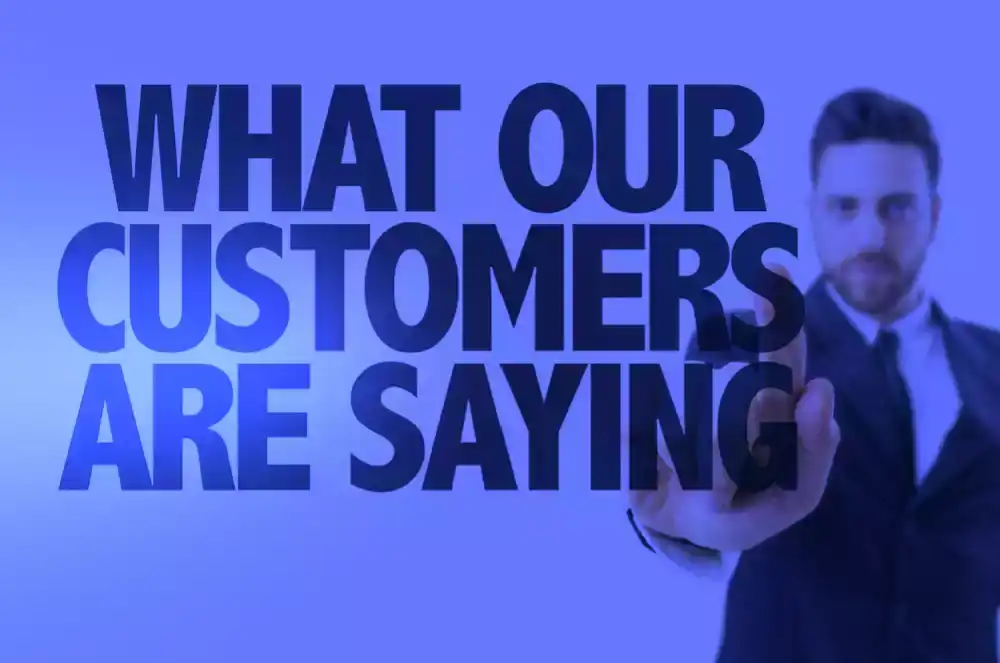
Customer Experience Metrics
There are multiple known metrics to measure the success of a customer experience program. The metrics can be used to set a benchmark, validate the impact of improvement actions, set goals for future enhancements, or communicate the rationale for previous investments.
Net Promoter Score (NPS®)
The Net Promoter Score (NPS®) is the most common customer experience metric that measures customer loyalty based on one simple survey question: “How likely is it that you would recommend [Organization /Product /Service] to a friend or colleague?”.
Respondents give a rating between 0 (not at all likely) and 10 (extremely likely. Based on the response, customers fall into one of 3 categories to establish an NPS score:
- Promoters: score 9 or 10 and are typically loyal and enthusiastic customers.
- Passives: score 7 or 8 are satisfied customers with service but not happy enough to be considered promoters.
- Detractors: score below 6 are unhappy customers who are unlikely to use the service and product and may even discourage others to use it.
Calculating NPS® score is simple - just subtract the percentage of Detractors from the percentage of Promoters.
Customer Satisfaction (CSAT)
CSAT measures customer satisfaction to gauge customer’s needs, understand problems with products or services based on a question like “How satisfied are you with the service you received today?”. The highest ratings are used to calculate a percentage score: 100% being total customer satisfaction and 0% total customer dissatisfaction. CSAT is easy to understand, simple to use, and can be rich in insight.
Customer Effort Score (CES)
Customer effort score (CES) measures what it takes for customers to get their queries resolved. It asks a question such as “How easy was it to get your issue resolved today?” It is calculated by subtracting the percentage of unsatisfied’ respondents from the ‘satisfied’ ones. CES is relatively new as less common than NPS or CSAT, but it’s easy to understand and use.
Which Measure to Use
NPS, CSAT, and CES are overall measures used for customer experience but there are some shortcomings with each of them. NPS ignores passive responses which in some cases could from the majority of the population. CSAT on the other hand is focusing only on satisfied population.
Due to the limitations of NPS we have focused on happy, meh, and sad. We don’t call an unhappy (sad) customer detractor per se. The NPS question ”how likely are you to recommend us?" is an attitudinal measure and cannot be related to customers’ actual behavior. We introduced XPressScore™ and have tested it with over 5 million feedback across different industries.
XPressScore focuses on the full spectrum of responses; includes Meh (passive) responses into the calculation and also it is a weighted score (based on research an unhappy customer has a higher risk for a brand compared to a happy customer). The XPressScore identifies and highlights the underperforming touchpoints and interaction points much better than NPS (which ignores passive responses) or CSAT (percentage of promoters).
Taking improvement action is vital for the success of the customer experience program. We believe the score is a mean to an end, rather than an end in itself. The key is to close the loop with customers and to take appropriate action. When a customer provides feedback, it provides the company an opportunity to engage and deepen its connection with the customer. Flag customers for further attention and action by customer service, and act accordingly.
Include an overall metric and collect feedback across touchpoints to identify the key drivers of the experience that will have the biggest impact. Utilize a dashboard that covers as many aspects of experience, quality, satisfaction, loyalty, and advocacy as possible, and share it across your organization and teams.
Our mission at Press'nXPress is to help our clients improve the customer experience at any interaction point. You can reach out to our experts to see how the experience measurement can benefit your business today! Reach out and talk to us.



